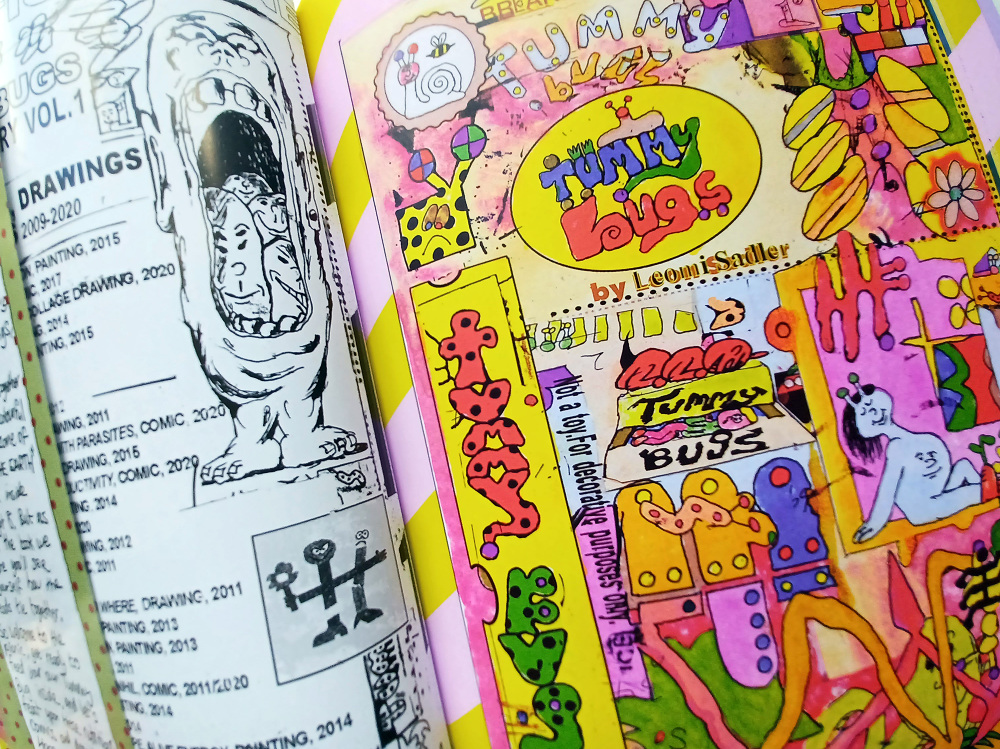
Leomi Sadler
Chosen by Rachel Louise Hodgson, a British artist and illustrator who often portrays young women, including herself: “Nottingham-based Leomi Sadler has been a definite favourite. I bought her comic book Tummy Bugs during lockdown after seeing it on the internet, it looked too colourful and thrilling not to hold in my hands. Like no other comic book I seen before, it was full of different textures and materials, with funny dark humour mixed with escapism, lots of little treasures and details to find. She also makes sculptural pictures, made from different materials, kind of gooey plastic materials, with lots of fun detail like her comics.”

Sabelo Mlangeni
Chosen by Emmanuel Balogun, a London-based critic and former editor of Boy.Brother.Friend, a magazine exploring identity in the black diaspora: “Through his body of images, South African photographer Sabelo Mlangeni constantly causes the viewer to question histories of exclusion by exposing the possibilities of coexistence. As 2021 saw South Africa, Africa’s most industrialised economy, reckon with rising economic decline, mass social unrest and the incarceration of a former president, Mlangeni’s work assesses the uncertainties in race and gender-based relations, the precariousness of social status, and the unifying spirit of power.”

Harold Offeh
Chosen by Emma Cousin, a British artist whose figurative paintings feature dynamic, carnivalesque scenarios: “Harold Offeh always seems to be thinking of community, always thinking collaboratively. There is a joy in everything he makes or makes happen. This year that included Untitled, Art on the Conditions of Our Time, a major exhibition of British artists of African descent at Kettle’s Yard Cambridge, Joy Inside Our Tears at The Welcome Collection and his first public commission as part of Bold Tendencies in which he included an open call for contributions, Hail the New Prophets (2021). Harold is a catalyst, a reactor, a delighter, grappling with the most urgent issues of our time with humour, deep thought and compassion.”
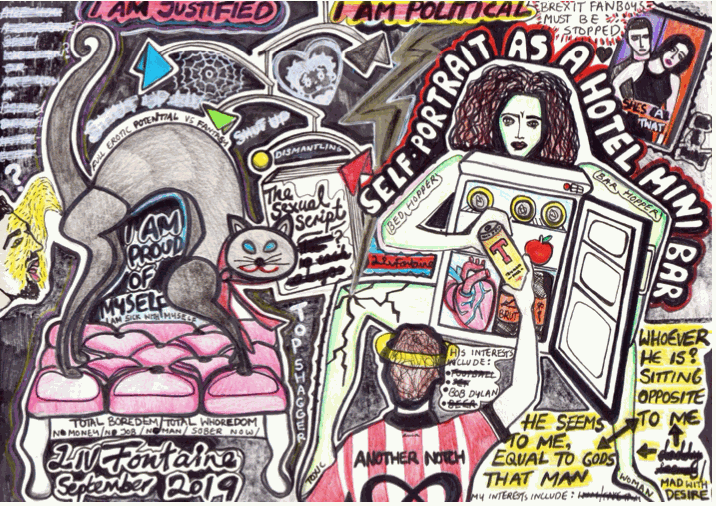
Liv Fontaine
Chosen by Erica Eyres, a Canadian artist known for her comedic films, drawings and ceramics: “I love work that induces complicated emotions. And Liv’s work is funny, melancholy, and terrifying all at once. The narratives feel very personal yet fictional. My current favourite is a video called The Darker Days of Me and Him that is about a woman who shapeshifts to become a lizard. The line that gets me every time is: “There were three main contributing factors that led me to become a lizard. Number 1: My boyfriends kept shitting in my mouth.” What more could I ask for?
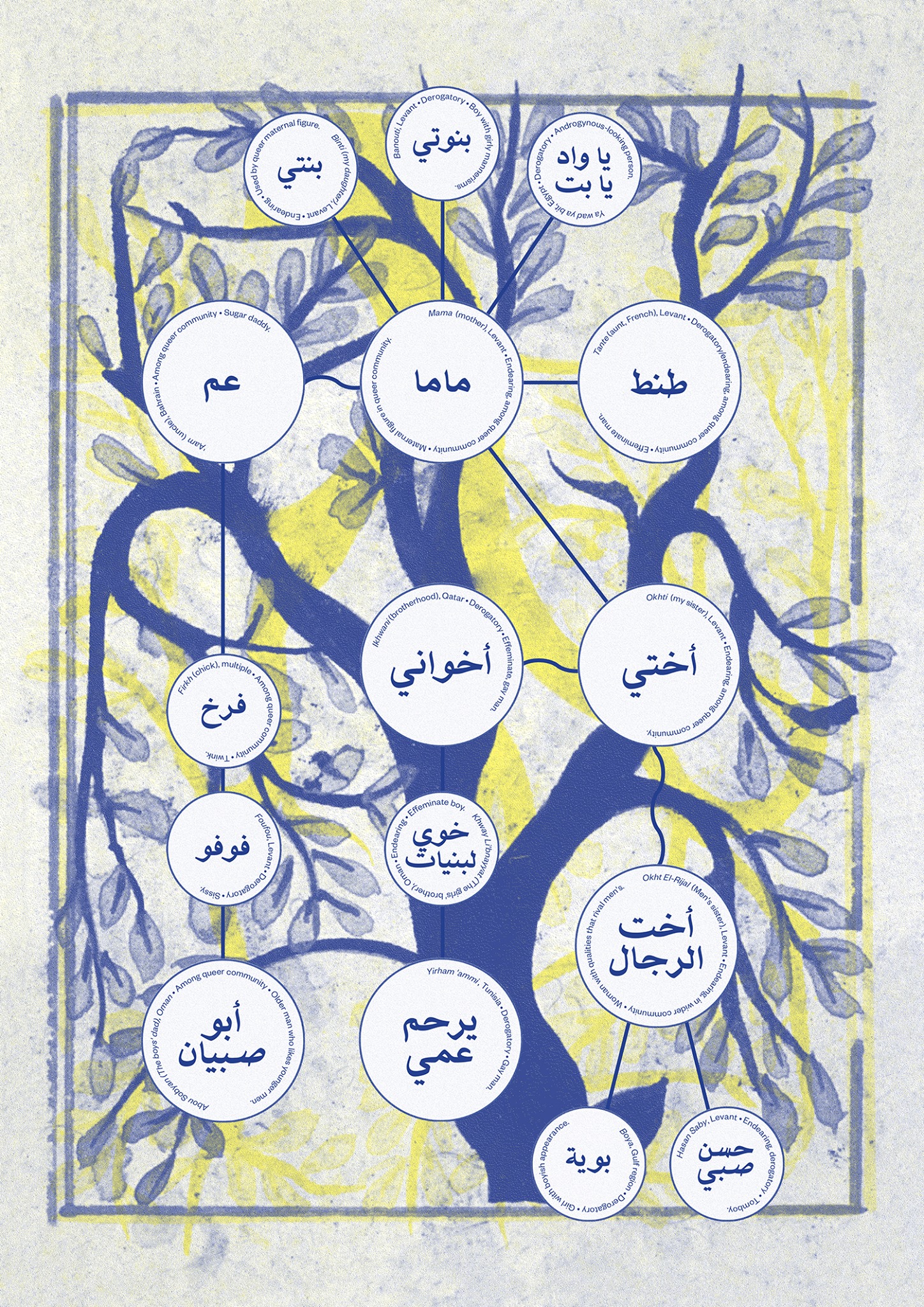
Marwan Kaabour
Chosen by Adham Faramawy, an artist based in London whose work explores issues of materiality, touch and toxic embodiment: “Marwan Kaabour is an artist, graphic designer, activist and founder of Takweer, a research project exploring queer narratives in Arab history and popular culture. I first became aware of Marwan’s work when I came across the graphics he produced during the latest Israeli assault on Palestine: they went viral and were shared by figures like the Hadid sisters. Marwan is currently working on The Queer Arab Glossary: “a publication that attempts to compile, explore and understand the lexicon used to refer to LGBTQIA+ people from across the Arabic-speaking world”. I truly can’t wait to see it.”
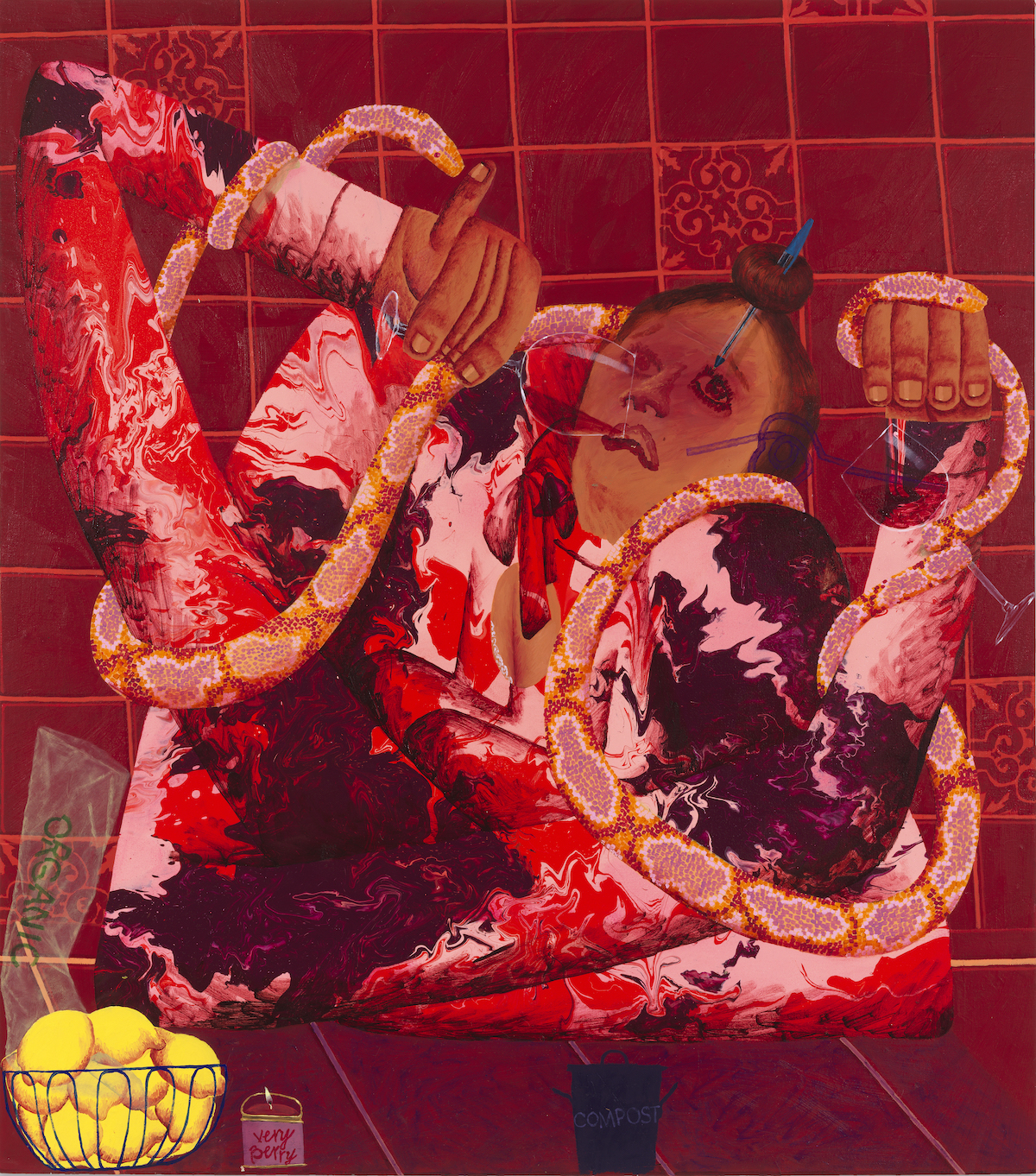
Celeste Rapone
Chosen by artist Orkideh Torabi, an Iranian painter living in Chicago: “Celeste Rapone had her second outstanding solo show at Corbett vs Dempsey last month. Repone puts the protagonists of her paintings, usually female bodies, in theatrical settings. Her paintings contain so many cultural and historical references with comedic edges and there are favourite moments for each viewer in the paintings. What I love the most is the blurry line between abstraction and figuration and how sometimes it’s hard for the viewer to distinguish the body from the background. This blurriness adds more mystery to her work.”

Lynette Yiadom-Boakye
Chosen by Alicia Reyes McNamara, a Mexican-Irish American exploring the question of mixed identity: “I would have to choose Lynette Yiadom-Boakye for her absolutely incredibly inspiring show Fly in League with the Night at Tate Britain. To come out of lock down and to be able to spend time within that exhibition was quite an extraordinary experience. How she handles the paint and the movement in her subjects is always so generous. She holds so much with an exceptional amount of grace and elegance in all of her paintings.”
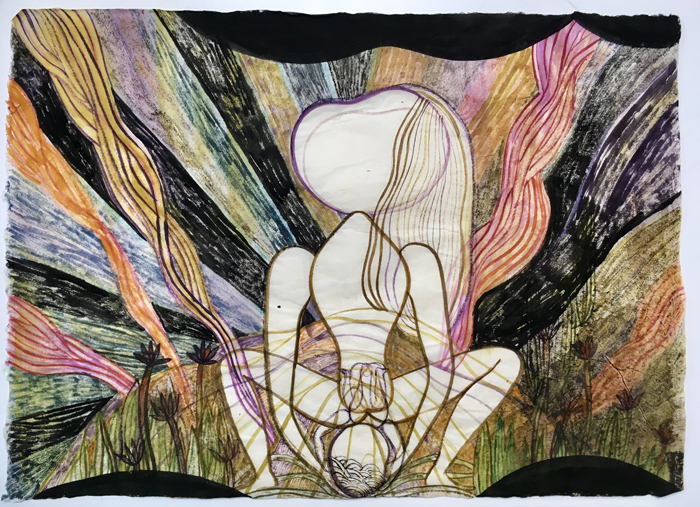
Emma Talbot
Chosen by Mary Herbert, an English artist working at the intersection of drawing, painting and printmaking : “Emma Talbot’s ability to take her inner experience of the world and turn it inside out for us as viewers, casting it into the context of contemporary experience and anxieties, is courageous and generous. Her voice seems to cut through to the centre of things, she isn’t afraid to be direct or ask big questions, which I find comforting. I first encountered her work at the Drawing Room in 2018, and was totally floored by it. The honesty and vulnerability of it, in its form of thin silk panels, her use of text which somehow doesn’t fight with the images.
“The work was Thrown On The Rocks In An Unfamiliar Place which was part of a narrative she developed exploring her own feelings of survival after becoming a widow. Her work just keeps getting stronger and deeper, and I am glad that it is in the world.”

Paul Maheke
Chosen by Irene Aristizábal, BALTIC’s Head of Curatorial and Public Practice: “Paul Maheke’s work reconnects us with our bodies as vessels of our ancestors, of memories and histories. His work reminds us of the urgency of exploring alternative routes to challenging hegemonic histories and languages, connecting with spectral beings, non-human fellows and being grounded in our bodies. This year, among other exhibitions, he was selected for the Future Generation Art Prize, commissioned by Artangel and included in Glasgow International and British Art Show 9, which I co-curated with Hammad Nasar.

Tasha Amini
Chosen by curator Ralph Rugoff, director of London’s Hayward Gallery since 2006: “There are so many artists I could name, but Tasha Amini is someone who really stands out to me. She featured in Hayward Gallery’s recent show Mixing it Up: Painting Today. She is such an interesting painter, and her work doesn’t fit into any cubby hole. The art world has yet to find her a spot, so I look forward to seeing what she does next.”





